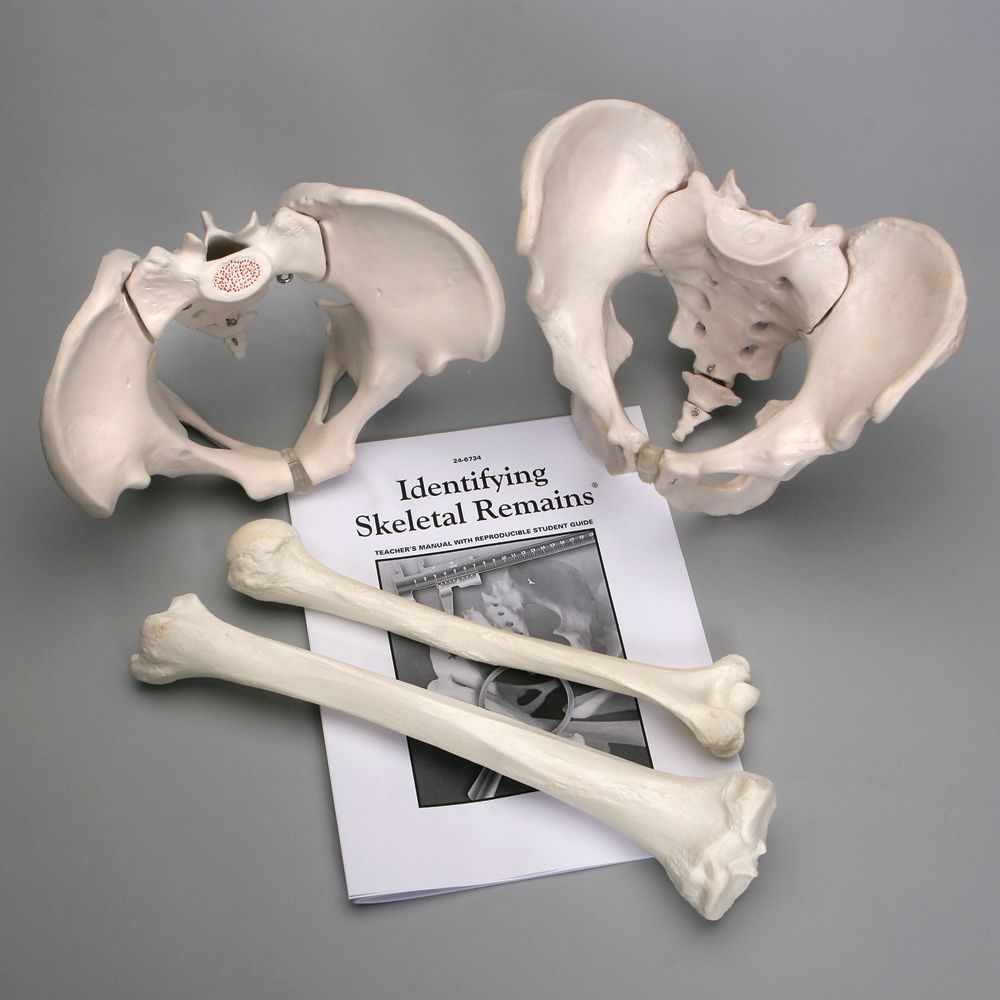Martial Arts Uniforms: Complete Guide to Traditional Training Attire
Understand martial arts uniforms
Martial arts uniforms serve as more than exactly training attire. These garments represent tradition, discipline, and respect within various fighting disciplines. Each uniform type carries specific cultural significance and practical design elements that enhance training effectiveness.
The nigh common term for martial arts uniforms is” gGI” pronounce “” ee ” ” derive from the japaJapanesed ” k” oKaposiea” raining clothes. Nonetheless, different martial arts use various names and styles for their traditional attire.
The traditional GI: foundation of martial arts attire
The GI consist of three main components: the jacket (uusage) pants ( (bupon )d belt ( obi(. Th) three pthree-piece provideprovideslity, flexibility, and comfort during intense training sessions.

Source: ec21.com
Traditional GIS feature reinforce stitch at stress points, allow practitioners to grip, throw, and grapple without tear the fabric. To loosen fit design permit full range of motion while maintain modesty and respect for training partners.
Fabric construction and weight
Gi fabric weight is measure in ounces per square yard, typically range from 8 to 16 ounces. Lighter weights offer better breathability for beginners, while heavier fabrics provide increase durability for advanced practitioners.
Cotton remains the preferred material due to its natural breathability and ability to withstand repeat washing. Some modernGISs incorporate cotton polyester blends for enhanced moisturewickete properties.
Karate uniforms: the classic white GI
Karate practitioners wear the traditional white GI, symbolize purity and humility. The karate GI feature a wrap around jacket secure by ties, create a clean appearance suitable for formal demonstrations and competitions.
Karate GIS typically use lighter weight fabrics compare to grapple arts, as the emphasis lie on strike techniques preferably than extensive groundwork. The jacket length eextendsto mid-thigh, provide appropriate coverage during kicks and stances.
Competition standards
Official karate competitions require specific GI specifications, include fabric weight, color restrictions, and manufacturer approvals. Tournament GIS must meet world karate federation standards for international events.
Judo uniforms: build for grappling
Judo GIS, call” jjudge “” ature heavier construction to withstand the intense grip and throw techniques characteristic of this grapple art. The reinforce collar, lapels, and sleeve openings prevent tear during competitive matches.
International judo federation regulations specify exact measurements for competition judge, include jacket length, sleeve width, and pants dimensions. These standards ensure fair competition by prevent advantages through uniform modifications.
Color regulations
Judo competitions require one competitor to wear white and the other blue, help referees and spectators distinguish between athletes during matches. Training sessions typically use white GIS solely.
Brazilian jiu-jitsu GIS: modern innovation
Brazilian jiu-jitsu GIS incorporate modern fabric technologies while maintain traditional aesthetics. These uniforms feature pre-shrunk materials, reinforce stress points, and innovative weave patterns for enhanced durability.
BJJ GI come in various colors, with academies ofttimes require specific colors or allow personal preference. Common colors include white, blue, black, and navy, though some competitions restrict color choices.
Weave patterns
BJJ GIS utilize different weave patterns affect weight, durability, and grip texture. Single weave offer lightweight comfort, while double weave provide maximum durability. Pearl weave combine durability with reduced weight.
Taekwondo uniforms: the took
Taekwondo practitioners wear the” dtook “” ature a distinctive v neck jacket design that differ from traditional wrap style gisGIShe dobtookphasize leg mobility for the high kicks fundamental to taekwondo techniques.
Modern books oftentimes incorporate wet wwicketsynthetic materials alongside traditional cotton construction. The streamlined design reduces fabric interference during rapid kicking combinations.
Rank identification
Taekwondo books may feature color trim or completely colored uniforms for advanced practitioners. Black belt dbooksmuch include embroider details indicate rank, school affiliation, or competition achievements.
Kung fu uniforms: traditional Chinese attire
Kung fu uniforms, know as” kung fu suits ” r “” sWuhuiforms, ” r” ect chineChineseial arts traditions. These garments typically feature traditional chineChineseures, ofttimes call ” fr” buttons, ” and” y include decorative elements.
Kung fu uniforms come in various colors, each carry symbolic meaning. Black represent maturity and experience, while white signify purity and new beginnings. Red may indicate advanced rank or special occasions.
Style variations
Different kung fu styles may require specific uniform variations. Northern styles oftentimes prefer loose fit garments for extensive movements, while southern styles may use more fit designs for close quarters techniques.
Specialty martial arts attire
Various martial arts require unique uniform styles reflect their cultural origins and technical requirements. Aikido practitioners wear hakama (pleated pants )over their giGIsymbolize traditional jaJapaneseormal wear.
Kendo practitioners don protective armor call” bbog”” er their keiKaposihile iaidimidodents wear traditional japaJapanesething include hakama and sometimes haorMaorikets.
Modern adaptations
Contemporary martial arts schools may adopt modify uniform styles incorporate school logos, modern cuts, or performance fabrics. These adaptations maintain respect for tradition while address modern training needs.
Proper uniform care and maintenance
Maintain martial arts uniforms require specific care techniques to preserve fabric integrity and appearance. Ever wash GIS in cold water to prevent shrinkage and color fade.
Air dry protects fabric fibers advantageously than machine dry, though low heat settings may be acceptable for some materials. Avoid fabric softeners, which can reduce fabric grip necessary for grapple arts.
Stain removal
Blood stains, common in contact martial arts, respond swell to cold water treatment instantly after occurrence. Hydrogen peroxide can help remove stubborn stains without damage white fabric.
Sweat stains and odors require thorough washing with appropriate detergents. Some practitioners add white vinegar to wash cycles for natural deodorize effects.
Sizing and fit guidelines
Proper GI fit ensures comfort, mobility, and adherence to competition regulations. Jacket sleeves should extend to the wrist when arms are at the sides, while pants should reach the ankle bone.
Different manufacturers use vary size systems, make it essential to consult specific size charts preferably than rely on standard clothing sizes. Pre-shrunk GIS offer more predictable sizing.
Competition fit requirements
Tournament regulations specify exact fit requirements, include minimum and maximum measurements for various uniform components. Improper fit can result in competition disqualification.
Belt systems and significance
The obi (belt )serve both practical and symbolic functions in martial arts uniforms. Much, it sesecureshe jacket and indicate the wearer’s rank and experience level.
Belt colors follow establish progressions vary by martial art and school. The journey from white belt to black belt represent years of dedicated training and personal development.

Source: emojiterra.com
Proper belt tie
Learn to tie the obi right demonstrate respect for tradition and attention to detail. The belt should be tied firmly but not indeed tight as to restrict breathing or movement.
Cultural respect and etiquette
Wear martial arts uniforms carry responsibility to honor the traditions and values they represent. Proper uniform care, appropriate wear occasions, and respectful behavior reflect intimately on the practitioner and their school.
Many schools require uniforms to be wear solely during training or formal martial arts events, maintain the garment’s special significance and prevent casual use that might diminish its meaning.
Bow and ceremony
Traditional martial arts incorporate bow ceremonies where uniform appearance play an important role. Clean, decent fit uniforms demonstrate respect for instructors, training partners, and the art itself.
Choose your first martial arts uniform
New practitioners should consult their instructors before purchase uniforms, as schools may have specific requirements or preferred suppliers. Start with a basic, decent fit GI allow focus on learn techniques preferably than equipment concerns.
Quality uniforms represent a worthwhile investment, as they withstand years of training while maintain appearance and functionality. Budget options may seem attractive initially but oftentimes require replacement presently than higher quality alternatives.
Consider the specific martial art’s requirements, training intensity, and personal preferences when select your first uniform. An intimately chooseGIi become a trusted training companion throughout your martial arts journey.



